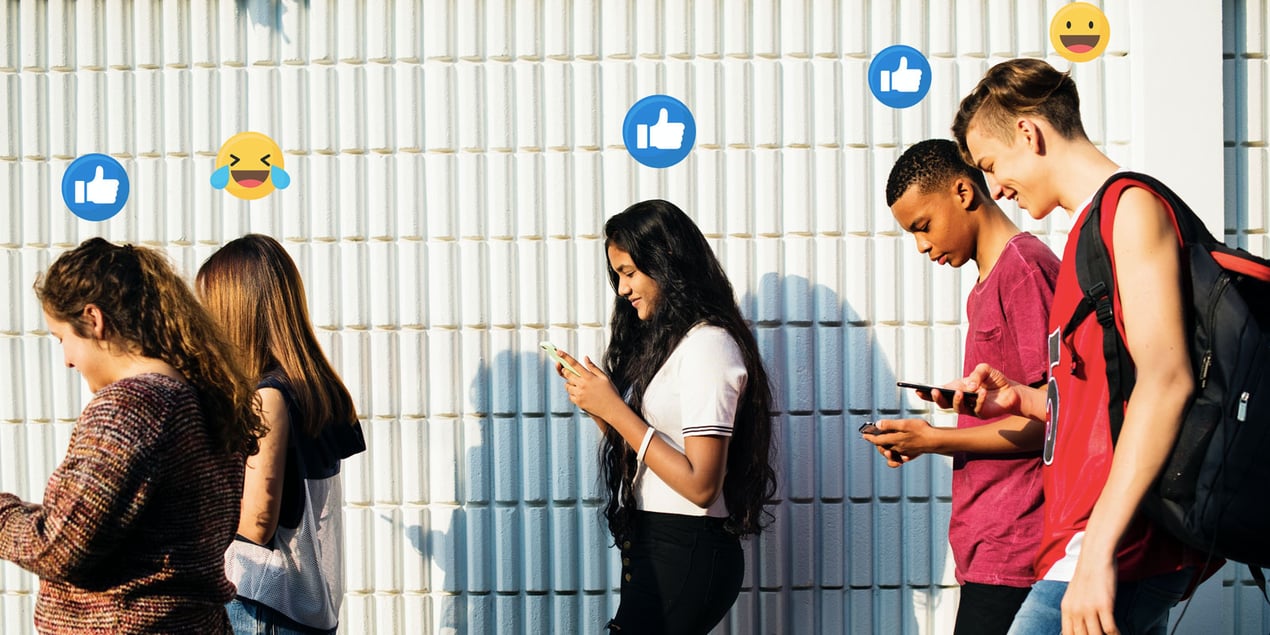The Challenge Outlined
Post-event, the marketing team at the bank did a great job of uploading all the speaker's talks to the site, available for anyone to review. The content would deliver results far beyond the event itself.
While we recognised this as a great initiative, we queried how we could take this idea even further. Was this the best use of the content, and could we help nurture a very high-quality contact database somehow to deliver more customers and more business to the bank? Most of the attendees were already clients, but beyond wowing them at the event, how could the bank use post-event actions to gain more insights into these clients? Could we demonstrate ROI on each of the attendees? And, assuming the bank is going to have another event next year, how do they retain their clients’ loyalty, get to know them better, up-sell and cross-sell, and build a burning desire for attendees to get invited back to next year’s event?
Offering Solutions and Engaging a Mindset Shift
I agreed to look into this one and take the suggestions back to the client. So a few days later after exploring various mechanics (which I’ll touch on at the end of the post) on how to nurture the attendees with content and automated inbound strategies, I noticed a key concept emerging, a key concept that if adhered to would supercharge the results.
If we considered the event attendees a community we could more easily market and nurture them. We could add more clients and prospects to the community, up-selling and cross-selling in the community.
If we considered the event attendees a community we could more easily market and nurture them. We could add more clients and prospects to the community, up-selling and cross-selling in the community. This fundamental mindset shift changes the game entirely, opening up a world of potential for measurable and real ROI.
The Power of Community
With a strong community, next year’s event invites are easy. Attendees will be more likely to stay with and place more business with the bank. Potential attendees and customers will be more likely to want to become a part of the community. And the pool of potential invitees for next year’s event becomes larger and the knowledge of them deeper. So, instead of clamouring to fill seats with the right calibre of clients next year, the marketing team will be able to cherry-pick the invitees based on a far more in-depth knowledge of the individuals in the community.

Communities are not new to digital marketing; they form the core of any good social media strategy. But if we carry this idea through to nurturing and sales enablement we can really supercharge the great work done at the event far beyond the event itself.
B2B Communities
In fact, this key concept goes beyond marketing and nurturing clients and attendees for an event. It is critical for any B2B marketing strategy. As a community is nurtured it will grow and sales ready contacts will rise to the top. The process of engaging with the community and identifying contacts that rise to the top needs to be managed with CRM and marketing automation software. Lead scoring and automation show a marketer exactly who is ready to be upsold, cross-sold, and engaged by a salesperson.
MO Agency is a HubSpot partner, so this concept leans strongly on the inbound, CRM, and lead/client nurturing principles we apply to our clients on a daily basis. HubSpot is our tool of choice, but community nurturing can be achieved using HubSpot, Pardot/Salesforce, Eloqua, or any good marketing automation and CRM software.
Practical Strategies to Nurture Communities
Here is how we feel our banking clients should engage, nurture and grow their event attendee community. Although the points below detail a very specific community nurturing campaign around an event, the concept can be applied to any company, no event necessary. All companies have communities of clients and prospects that require nurturing.
1. Leverage content
Using smart content, deliver and allow the registered attendees to view video and written content of the talks. Not all content is available upfront. Release the content in a staggered fashion via a drip campaign.
2. Drip campaigns
Drip campaigns involve sending content to the attendees at specified intervals based on time or prospect activities to nurture the attendees into a sales-ready state.
3. Gate content for non-attendees
Only a sample of the content should be available to the general public outside the community. By gating the content we can show a non-registered viewer the first few minutes of the content, then request an email and name, and ask a profiling question (Net worth, interests, etc.) in the video stream before the user can view the rest of the content.
4. Progressive profiling
Event attendees can view the content without this gating, however, we might ask them a question midway through the video to further profile them. Eg. A multiple-choice question: ‘What is your major investment concern?’ The answer here will create an opportunity for a consultant to upsell the client.
5. Who’s watching which videos and reading content
Knowledge of what content is being consumed allows the bank to target the prospects with valuable content that will hit its mark.
6. Lead scoring
Based on email activity, progressive profiling, video and content tracking, and previous client knowledge, HubSpot (or another CRM/marketing automation tool) will apply a lead score. The higher the score, the more sales-ready the client is.
7. Request talk slides
Directly after the event, send an email asking the attendees which talks they would like shared with them. Limit the selection to three slide decks to hone in on what the client's pressing issues are. HubSpot will automatically send the client the slides and track the interaction.
8. ROI
Because clients and prospects are attached to campaigns within a marketing automation system, it’s easy to attribute sales and revenue to its source - in this case, the event.
Interested in learning more about nurturing your business’s community? Want to chat about how HubSpot can nurture your clients and prospects? Talk to us.






